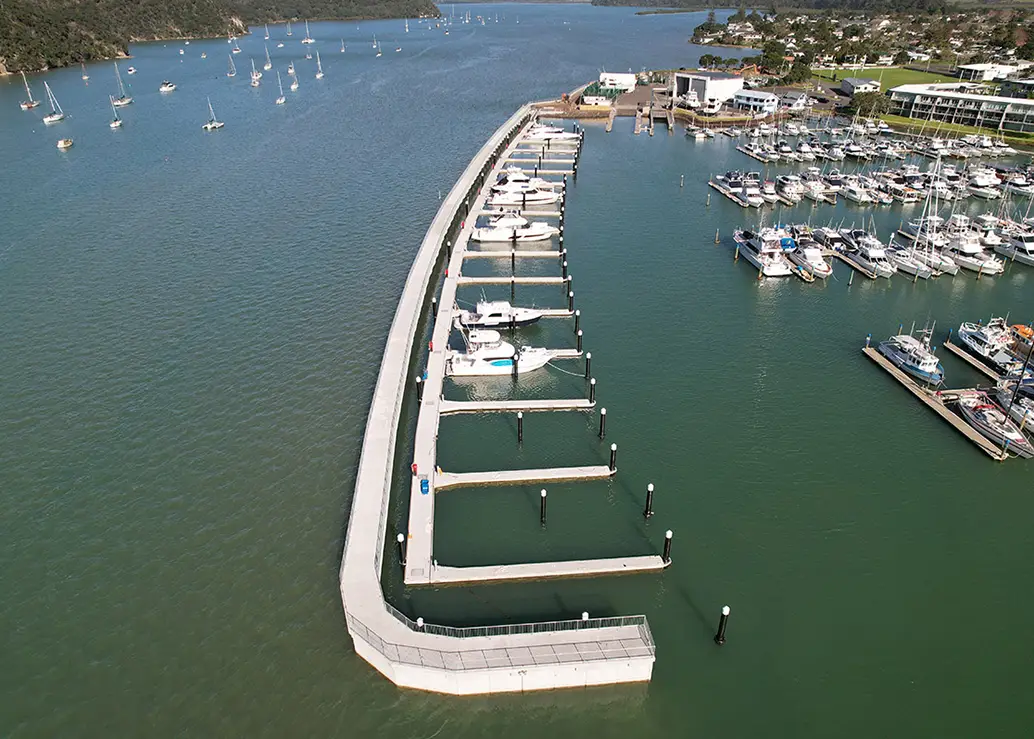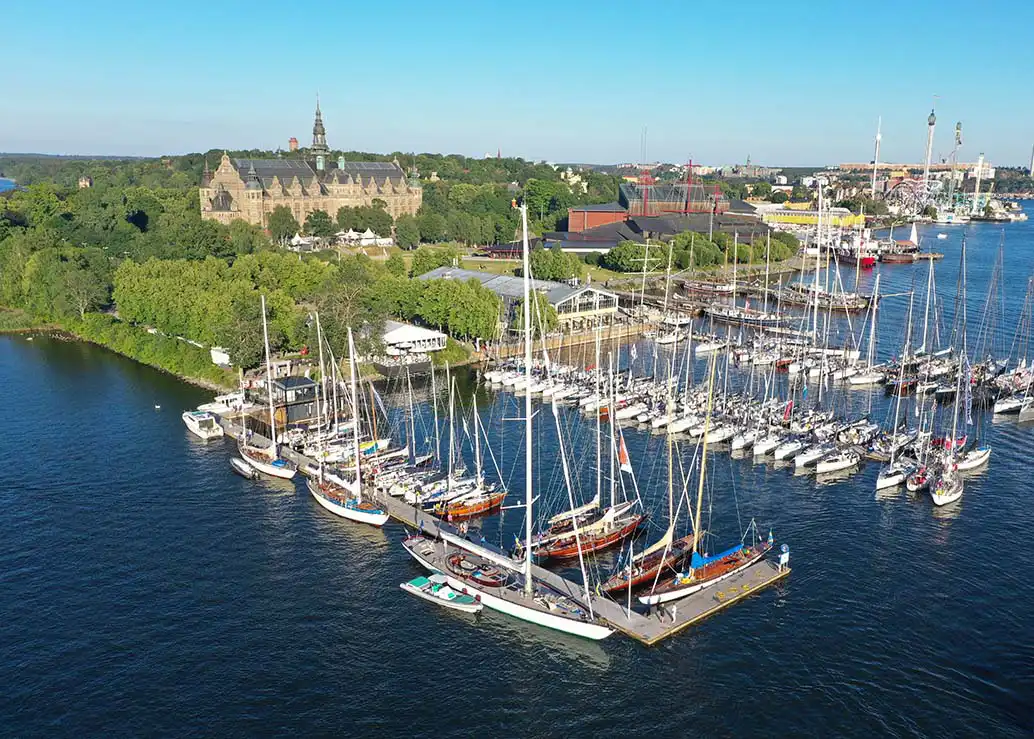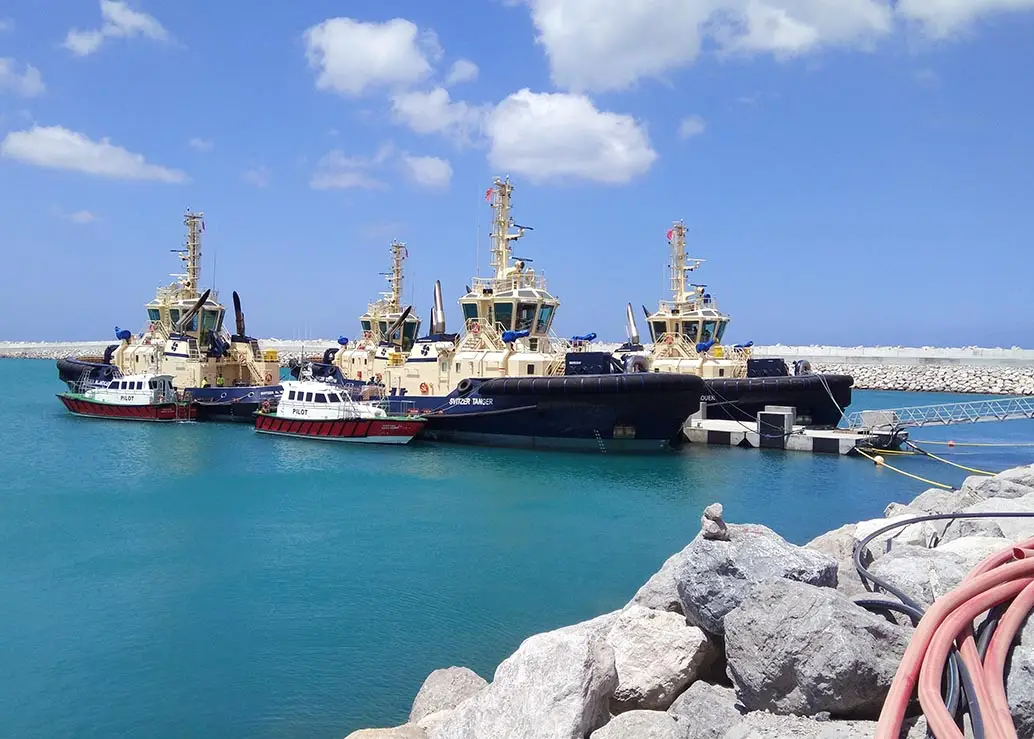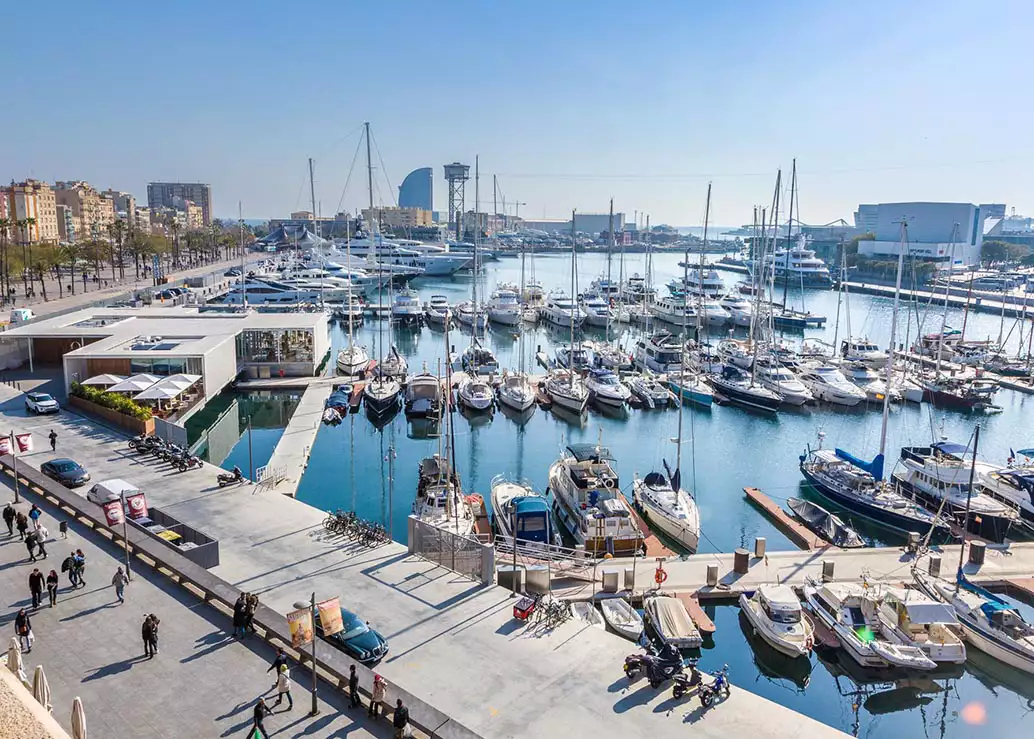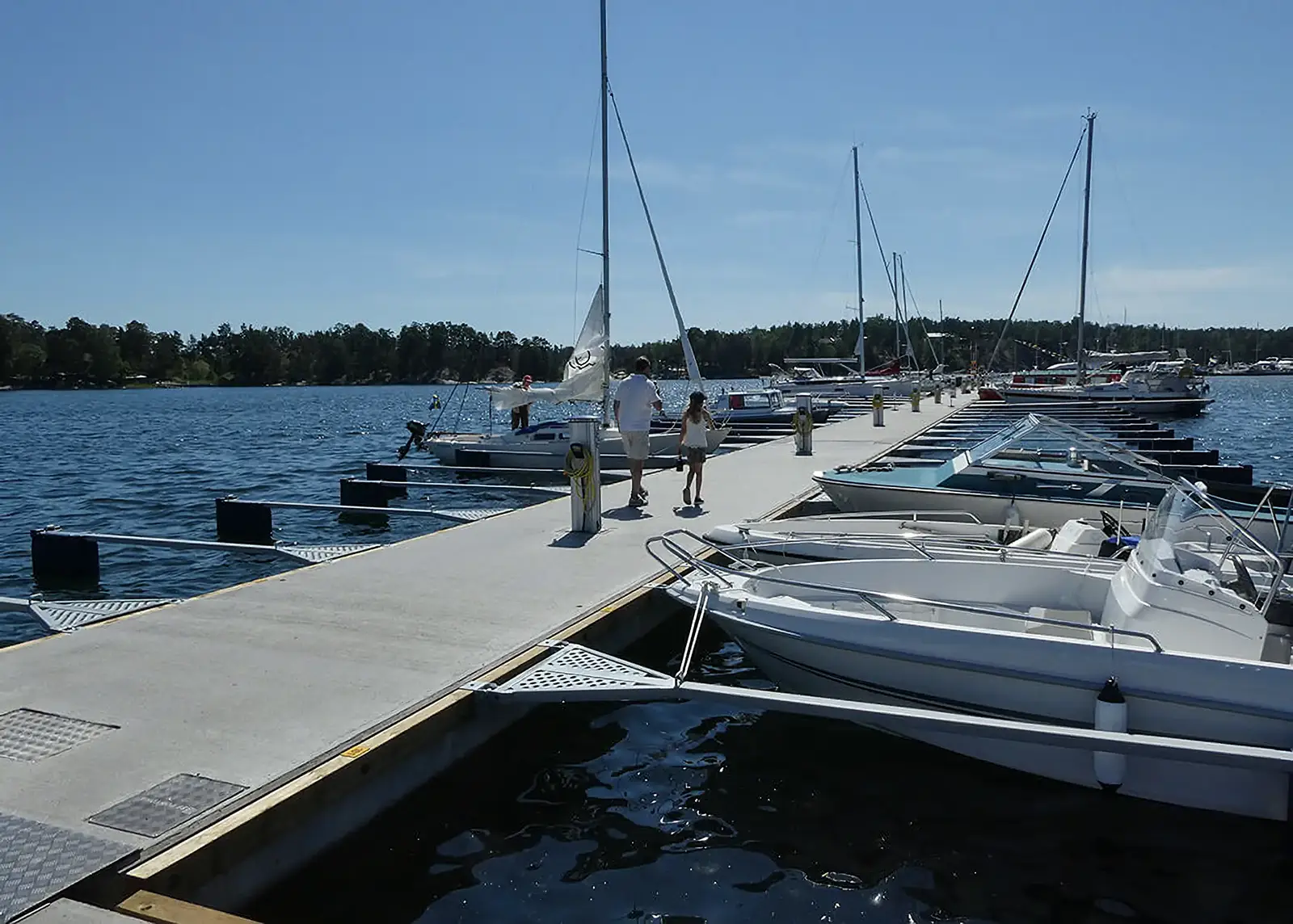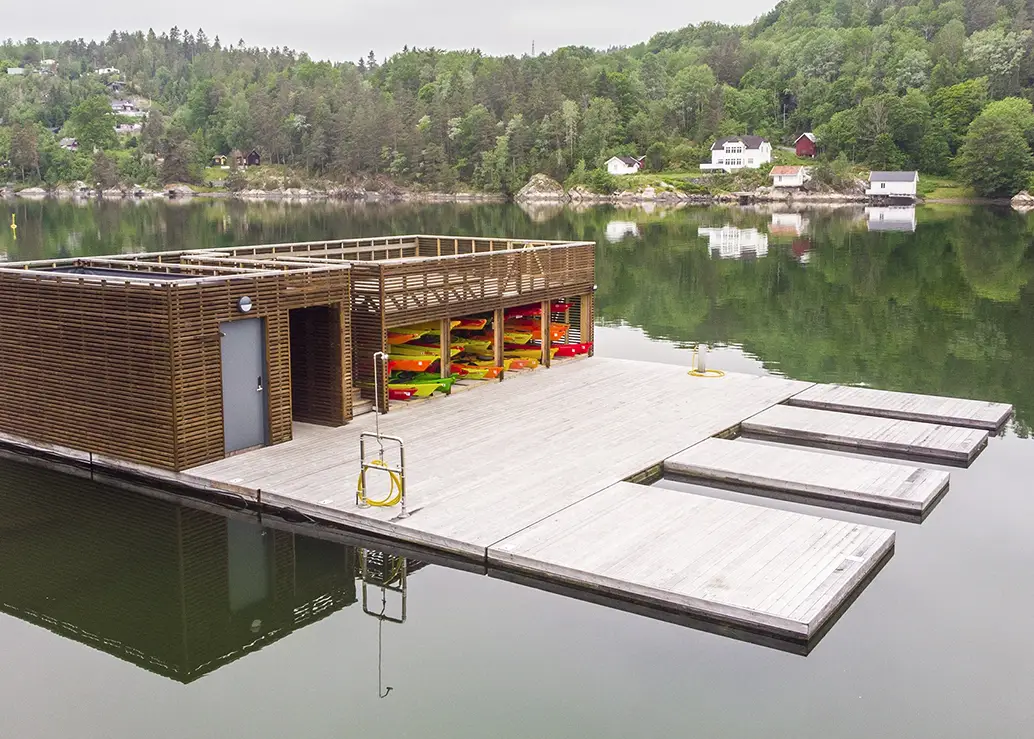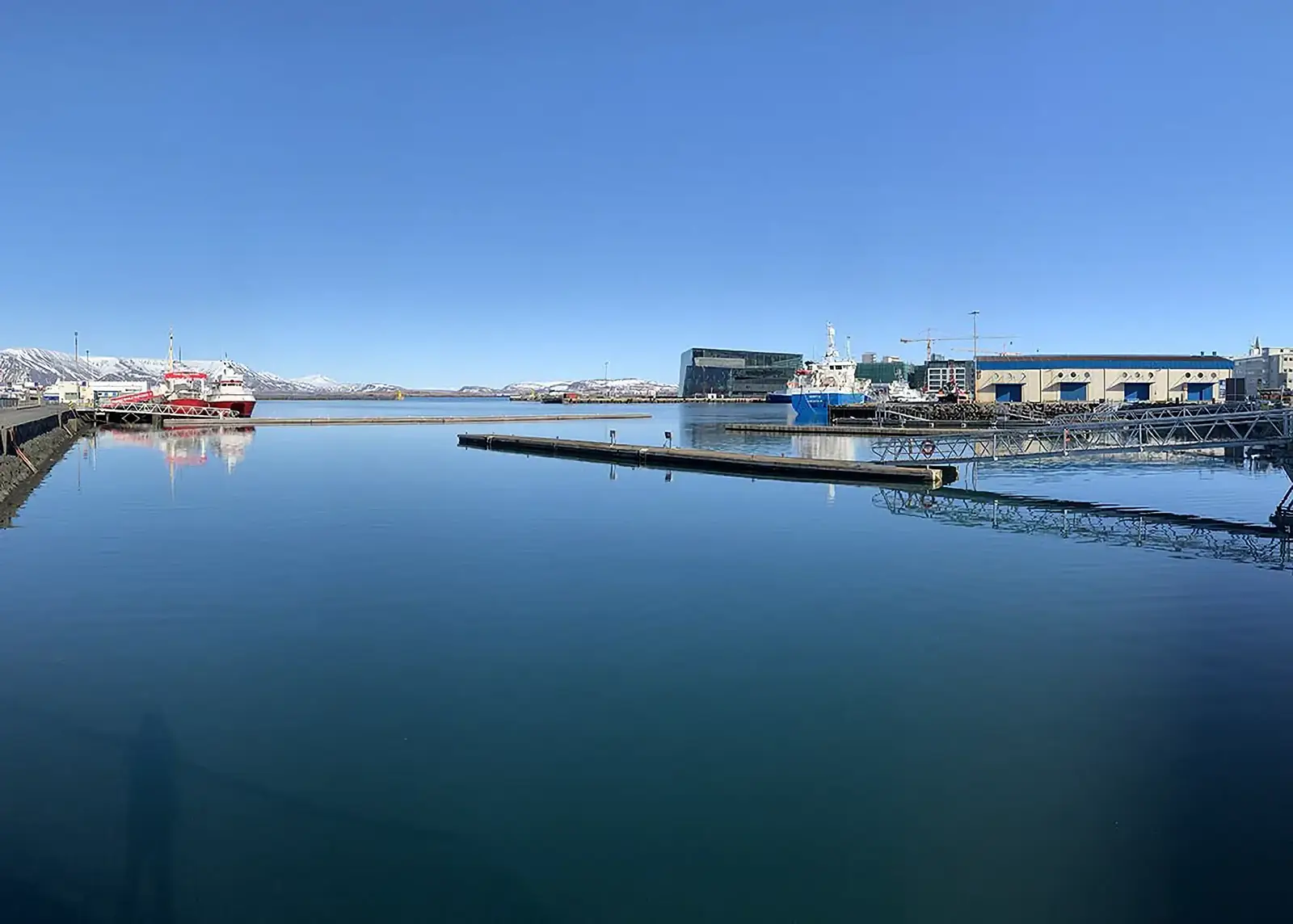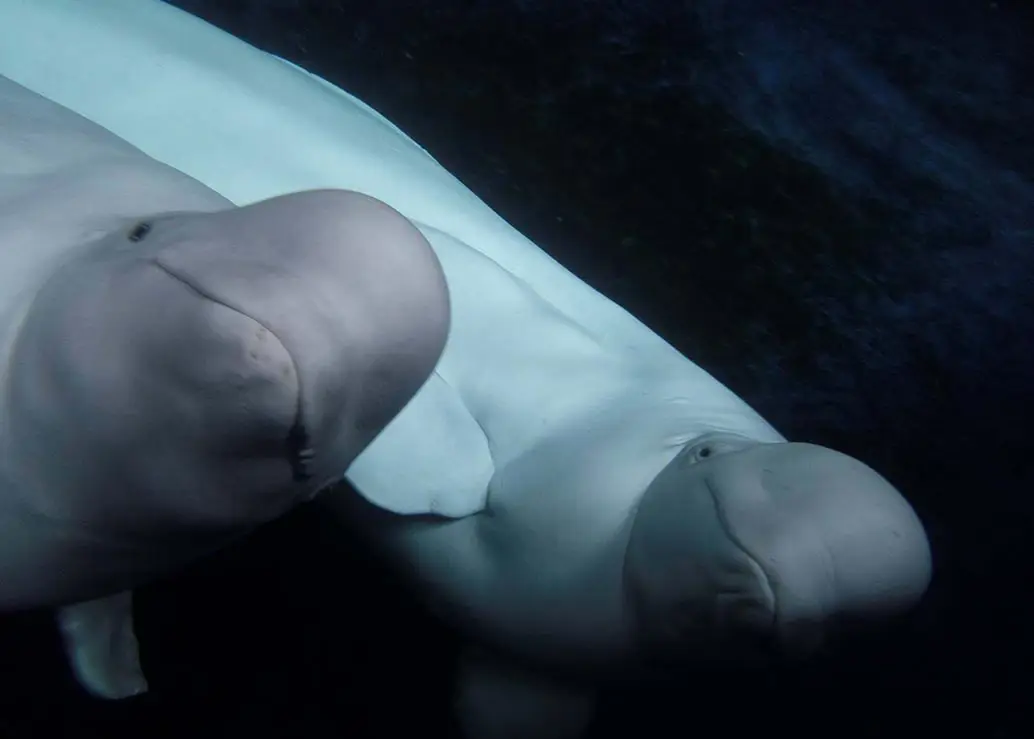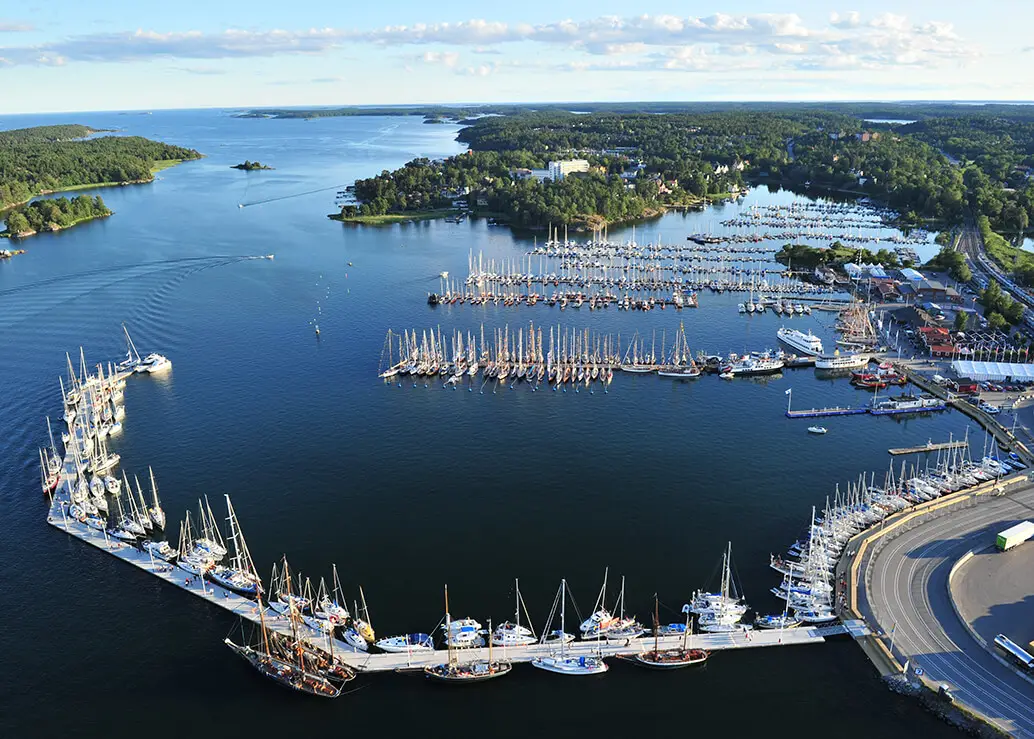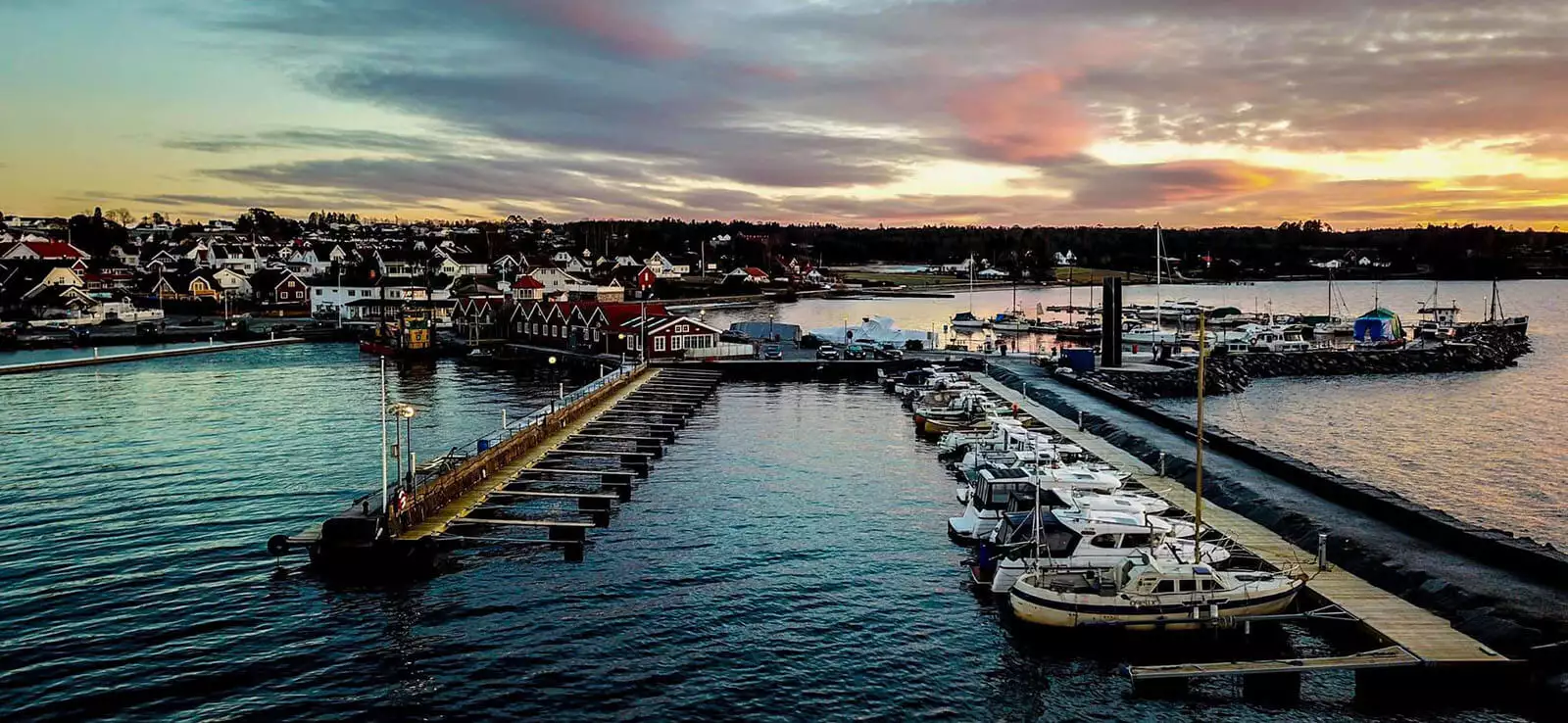ANCHORS &
CONNECTORS
To distribute stress from currents, tides, waves, and vessel impacts, SF Marina’s floating breakwaters and concrete pontoons are securely anchored and connected. Anchoring options include steel piles with internal or external guides, stiff arms, elastic rods, and chains with embedded anchors. Our patented coupling system allows pontoons to be joined into unlimited lengths while maintaining structural integrity.
Anchors & connectors
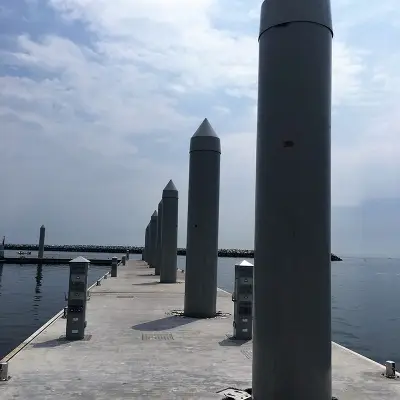
Pile guides
When water level variations are big, one may want secure the floating pontoons using piles driven into the seabed. This allows the pontoons to rise and sink with the water level. The floating breakwaters or pontoons are in these cases secured in place by either external or internal pile guides. Designing suitable pile guides for each project is naturally of upmost importance.
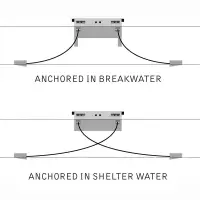
ANCHORING
SF Marina can now offer new technique that has been developed for anchoring in difficult conditions such as remote locations or in deep waters (up to 50 meters). Anchoring of floating pontoons and breakwaters is the technique of ensuring that an anchored breakwater or concrete pontoon remains in the desired place independent of what forces are acting upon it. This is achieved by ensuring that forces acting upon the pontoon are distributed in such a way that the pontoon remains undamaged even in the vilest of conditions. Anchoring may also be carried out by driving piles into the seabed. The floating breakwaters or pontoons are in these cases secured in place by either external or internal pile guides.
Each connector is designed to be strong enough to rein the concrete pontoons or floating breakwaters in lateral direction whilst giving structural relief to the same bodies by allowing for horizontal movement, thereby operating like giant hinges.
With a long pier and long waves, the strong restriction to horizontal movement when using normal connectors, requires relief of torsional tension. In the SF Marina connector range the solution to this challenge is to introduce the centre connector. This is normally used every three units in a longer pier structure.
Over the years many designs parameters have been embodied in our present connector range design; ease of fitting, ease of replacement, maintenance schedule, spare part minimization to mention a few. Between the stainless half circle housings of two adjoining pontoons/ breakwaters, a horizontal rubber cylinder is placed. The rubber absorbs shocks and keeps the bodies away from each other during heavy loads.
From one connector box, on through the rubber cylinder and into the connector box on the next pontoon wires are led and securely fastened with two nuts on each end. Today each wire used in our connector range has corrosion- preventive grease encapsulated inside a shrink rubber housing, prolonging lifetime significantly compared to unprotected wires. After expected lifetime each wire can be replaced one at a time without any need to disconnect the pontoons.
The SF Marina connector range deals with all kinds of different configurations, such as L and T configurations. With the addition of more wires it can deal with larger pontoons and higher loads, still being well within empirically found calculation models. Adopting the empirically developed technique, today any angle can be connected by using the well tested
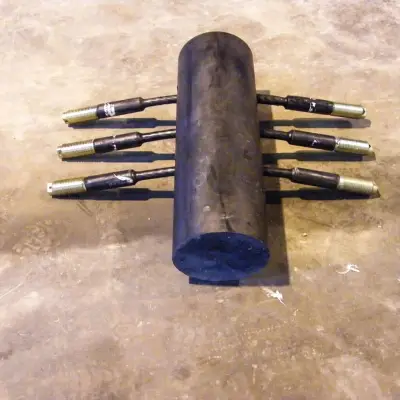
TECHNIQUE – CONNECTOR SYSTEM
SF Marina connectors are state-of-the-art concrete pontoon connectors especially designed for connecting the world’s strongest concrete pontoons and they are delivering this in thousands of locations around the world every day. Connecting two or more concrete floats is a complex task with complexity growing almost exponentially with increasing loads. Heavier pontoons, larger waves, bigger boats and higher wind speeds all increase the loads on the connections between the pontoons. The SF Marina connector range is an integral part of the SF Marina system as they allow for long piers to be built in separate units that can be connected without compromising the structural integrity of the pier.
All concrete marina pontoons are fitted with a pressure treated wood fender bolted onto the concrete body using marine grade stainless steel bolts into stainless females, adding 250 mm of width to the concrete width of the pontoons.
Anchoring points for any concrete pontoon can be either eyes or anchoring wells when chain/rope and anchor is to be used for anchoring. If pile anchoring is to be used, cast in tracks for attachment of pile guides alternatively internal pile guide recesses are cast in.
Stainless steel females can easily be cast in for any auxiliary equipment such as flag posts, safety equipment or bollards.
In many cases the concrete pontoons are decked with various materials ranging from exotic wood to plastic composites.
All pontoons are solidly reinforced and we have proven solutions to solve most challenges presented in terms of odd angles, centre links, specially requested wood decking or specific requirements for utility wells and cleats. It goes without saying that with such a high level of customization available, the pontoon is quite unique.
Depending on the situation and the desired function, it is important to choose the correct type of anchor wells and mooring-rings.

